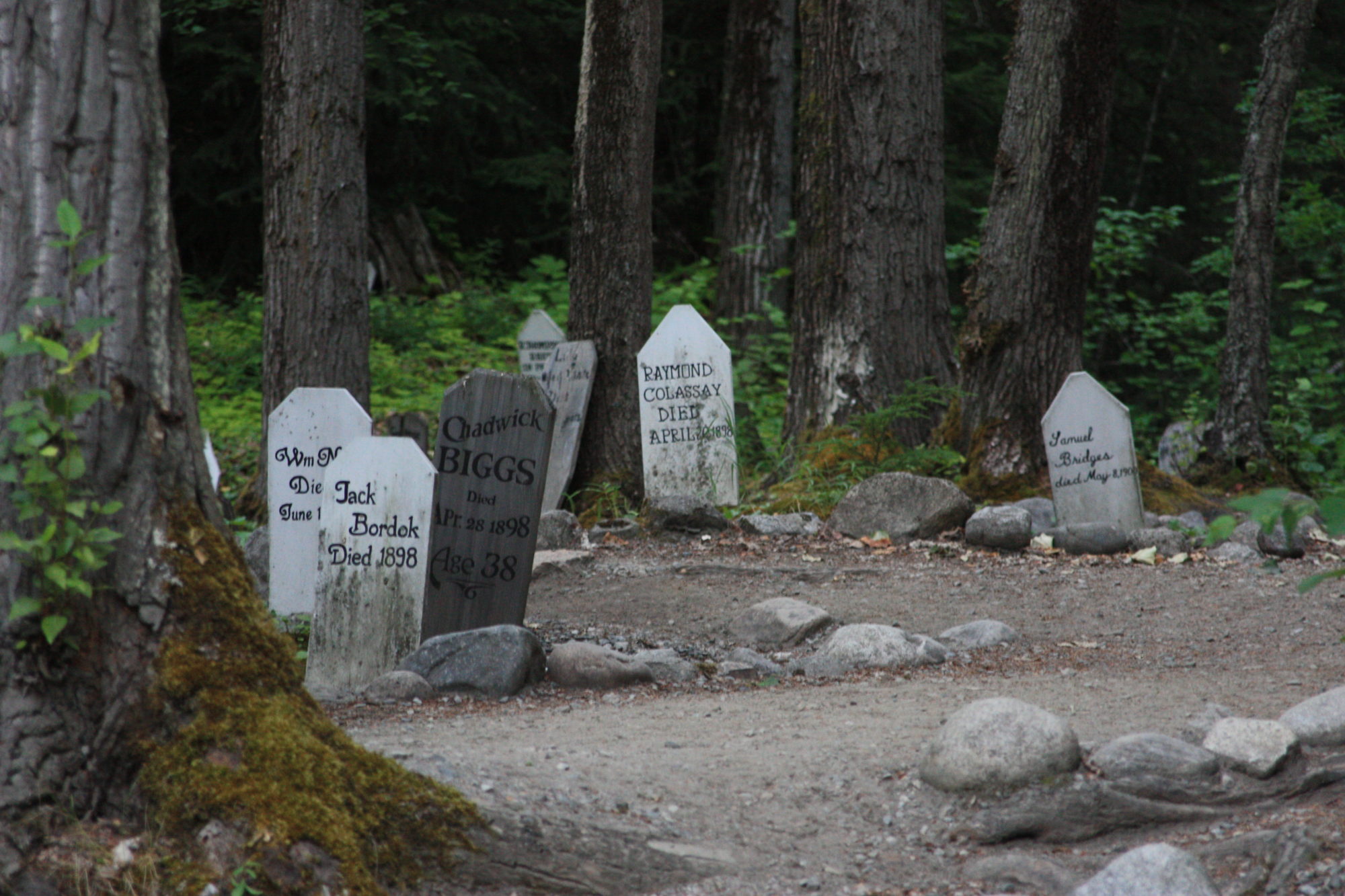
David Brainard was born in 1856 in Norway, New York. On Sept. 13, 1876, 19-year-old David Brainard left home to travel to Philadelphia and view America’s first successful world’s fair, the Centennial Exposition. After taking in many marvels of the Machine Age, Brainard boarded a train for home. At New York City, he changed trains and reached into his pocket for money to buy a ticket, but there was none. Too proud to write his family for funds, Brainard took the free ferry to the US Army Post at Governor’s Island and joined the Regular Army. He didn’t know it, but David Brainard was on his wasy to becoming one of those rare individuals in military history who rose from Private to General by pulling himself up by his bootstraps.
When Brainard joined the Army, it had been only three months since Custer’s command was mauled at the Little Big Horn, and in no time, Brainard was sent to Montana Territory, to serve with the Second Cavalry against the Northern Cheyenne and Sioux Indians. The square-jawed Brainard was a keen soldier, who firmly believed orders clearly issued should be obeyed.
On May 7, 1877, Brainard participated in the Battle of Little Muddy Creek against the Sioux under Chief Lame Deer, and suffered wounds to his right hand and a gunshot wound to his right cheek, affecting his eye. Over half a century later, in 1933, he received the Purple Heart for his injuries.
He was a Captain in the 14th Infantry when he arrived in Skagway in February 1898. Captain Brainard was appointed Purchasing and Disbursing Officer of the Alaska Relief Expedition and was based in Dyea. Brainard’s relief expedition was intended to address the “sufferings” of the Dawson miners during the Alaskan Gold Rush, but they found the miners well supplied and needed no relief. He is most famous for being the last survivor (in 1935) of the United States’ Lady Franklin Bay Expedition (1881-84), an ordeal of unimaginable hardship. Only six survivors were rescued in 1884 after being stranded in the Arctic for two years in the harshest conditions.
Brigadier General Brainard died at the age of 90 on March 22, 1946 in Washington D.C. and is buried in Arlington.
military rec; ipy.org bio; “Duty Station Northwest” by Lymon L. Woodman







